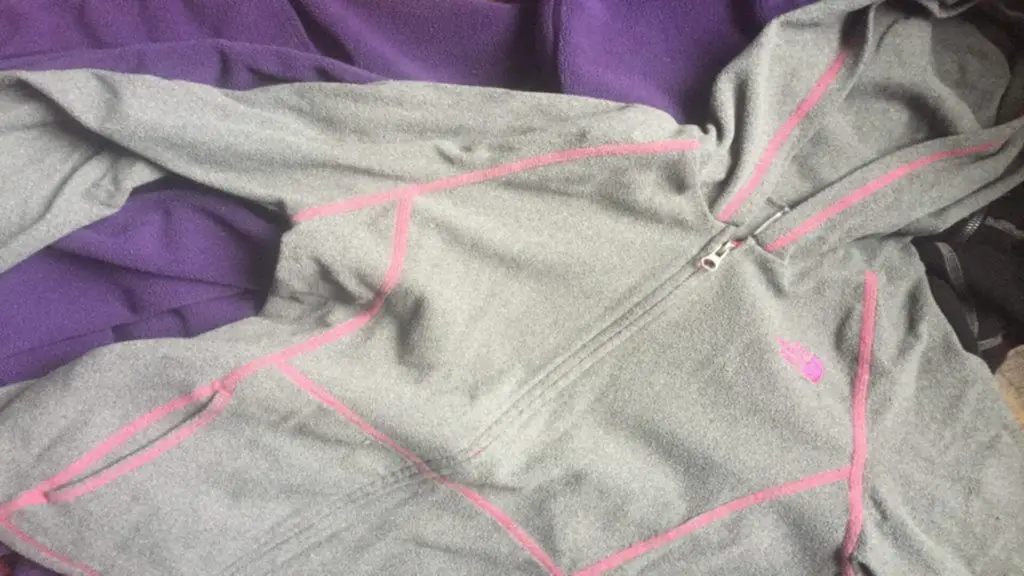This insulating layer helps retain the heat your body generates while moving, trapping the air heated by your body and keeping it close. Your base layer is your sweat-management layer; your midlayer is your cozy layer, something like a fleece hoodie, often synthetic, sometimes even a thin down coat over your base layer top. Consider a zip-front instead of a pullover as zippers allow you to make a quick change and regulate your body temperature easily.
The more efficiently this layer traps heat, the warmer you’ll be. If you run cold, you’ll want to go heavy on your mid-layer, not your base layer. If you run hot, go for a thinner mid-layer. Depending on temps and activity, I have worn everything from a very light fleece hoodie to a thin down puffy over my base layer, both of which fit under my soft or hard shell jackets. Your mid should be breathable, moisture wicking, and have low absorption.
This layer is often my just-in-case layer in shoulder season. I may not wear it the whole hike, or at all, but I will always have it with me, as weather can change unexpectedly and my stopped temp is very different than my moving temp. Even on warm summer days, I carry a light mid layer so I’m prepared in case anything unexpected should happen.
Some Things To Keep A Look Out For While You Shop
Fit:
- Not too snug because it will always be worn over a base layer
- Not so oversized that it bunches up under your outer layer, or hangs out from under it and and gets wet
- Since mid-layers are thicker, it’s important to pick one that won’t be so bulky that it inhibits your range of motion
- Stay away from anything too slim or short as it will ride up and pull your base layer with it and that’s annoying, and potentially cold
Features:
- Hood for managing/retaining heat via the head
- Zippers for easy on and off
- Pockets for snacks
Fabric:
- Fleece: a lightweight, synthetic fabric that’s great at creating and retaining heat while still allowing any excess to escape. Available in a variety of weights, all of which are quick drying, easy to care for, and resilient. The downsides include pilling over time, a tendency to generate static electricity and attract hair and fuzz, and it isn’t water resistant. Fleece
- Wool: Its weight and stretch make wool a natural insulator. While it typically doesn’t perform as well as fleece for a mid-layer, it will keep you warm even in wet conditions. It’s also static-resistant and won’t cling to the layers beneath it.
Some Favorites In This Category Include:
- Mountain Hardwear MicroChill 2.0
- Marmot Flashpoint
- Burton AK Turbine
- REI Women’s Swiftland Insulated Mid-layer Top
- Salomon Swift Hoodie

Wendy Harrington is a California native who has lived in a small town at the foothills of the Cascade Mountains in Washington state since 2001. Her love of trail running and peakbagging has led her to summit all five Washington volcanoes, climb to the high points of three states, and put nearly a thousand miles a year on her boots. Her loves include ridgelines, saddles, granite, one-day pushes on big mountains, anything volcanic, long solo days, and objectives that push limits and test endurance.

